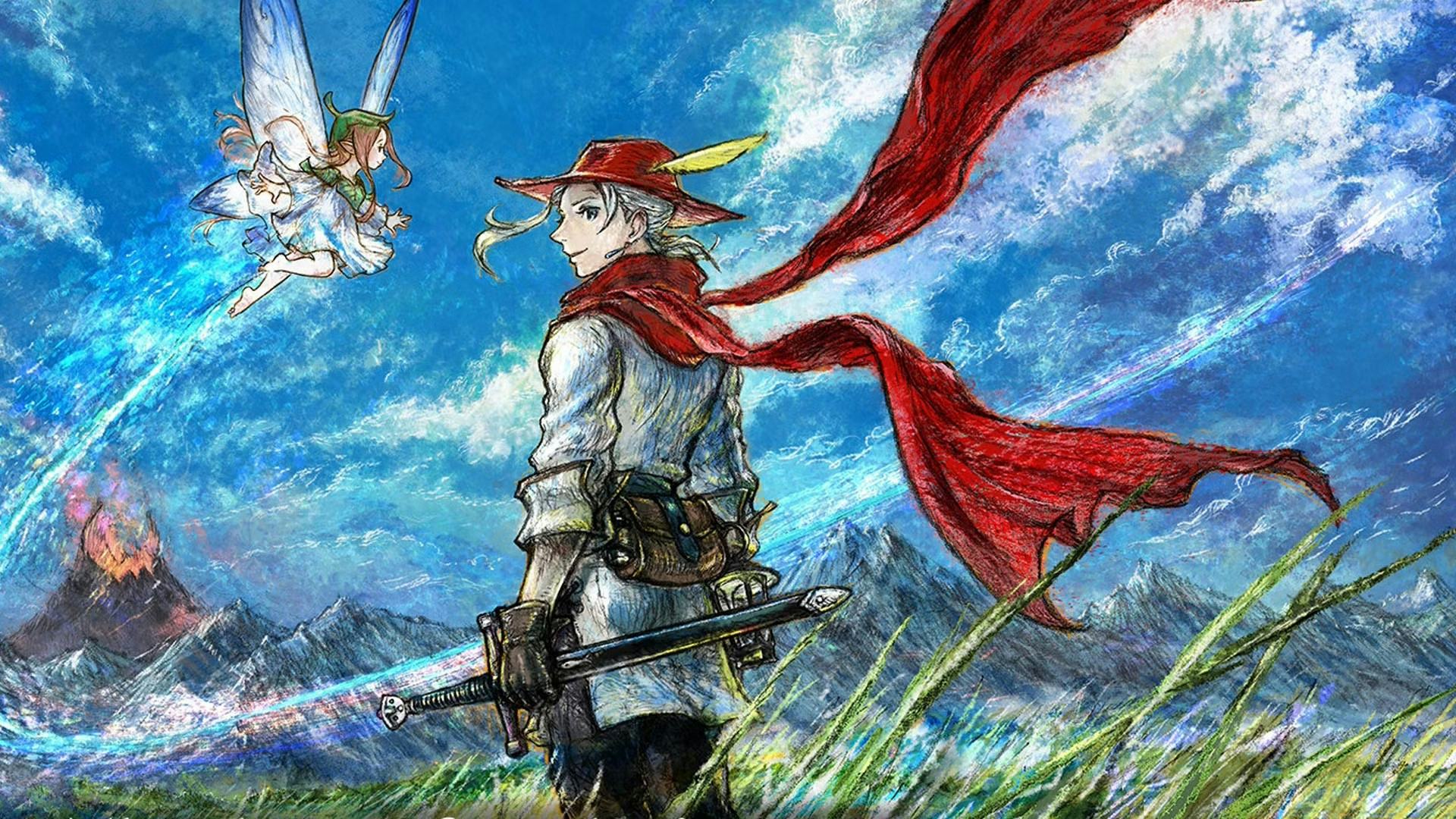
With the release of Octopath Traveler in 2018, Square Enix stumbled upon a brilliant new formula, HD-2D games. In just seven years, HD-2D, led by Team Asano, have become a crucial part of the company’s catalogue and some of its most beloved games. Not just a visual style but often a gameplay ethos as well, HD-2D has spawned both original games like Triangle Strategy and remakes like Dragon Quest 3. But the HD-2D games are about to embark on something for the very first time, breaking from the turn-based games we’ve seen so far, for a full-on action RPG with The Adventures of Elliot: The Millennium Tales. And there’s a surprising inspiration behind it.
“We were influenced by various titles,” the game’s concept creator and planner, Tomoya Asano, tells Inverse, “But I believe what we ultimately landed on is closest to Final Fantasy Adventure in terms of the puzzles, battles, the complexity (or simplicity) of actions, and the weight of the story that unfolds in the game.”
That’s a fascinating comparison to make, considering Final Fantasy Adventure is, notably, the spinoff that would go on to launch the Mana series. But similarly, The Adventures of Elliot presents a world of new opportunities for HD-2D games. Planned for release in 2026, Inverse had the chance to talk to Asano and producer Naofumi Matsushita about the shift to action-RPG, some of Elliot’s unique innovations, and the studio’s design ethos.
This interview has been edited for clarity and brevity.
Seeing as you’ve used HD-2D for turn-based games so far, were there any unique difficulties in applying the style to real-time action? How did you make sure the action didn’t feel too cluttered or overwhelming for players in this art style?
Matsushita: We spent a considerable amount of time fine-tuning the backbone of the game, where 2D characters perform actions within 3D space. We’ve navigated development thus far by scrutinizing everything, even something as simple as jumping, amongst the team. It wasn’t challenging per se, but rather something that took us time to get just right.
Furthermore, because this is a brand-new IP, my intention was to consolidate the action mechanics to be as simple as possible to ensure players wouldn't feel left behind. Players can utilize weapons or jump with the press of a button and control Faie if they move their right stick. Making sure that the controls feel responsive and intuitive was top-of-mind for us.
Square Enix has a long history of beloved action-RPGs, from the Mana games to NieR. Were there any you looked at for reference for Elliot? Or were there games outside of Square that were more of an influence?
Asano: We were influenced by various titles, but I believe what we ultimately landed on is closest to Final Fantasy Adventure in terms of the puzzles, battles, the complexity (or simplicity) of actions, and the weight of the story that unfolds in the game.
Of course, because the game is also packed with charming features like updated battles and graphics that meet modern standards, as well as a unique storyline that transcends time and space, I’m certain this game will be an experience that players will enjoy.
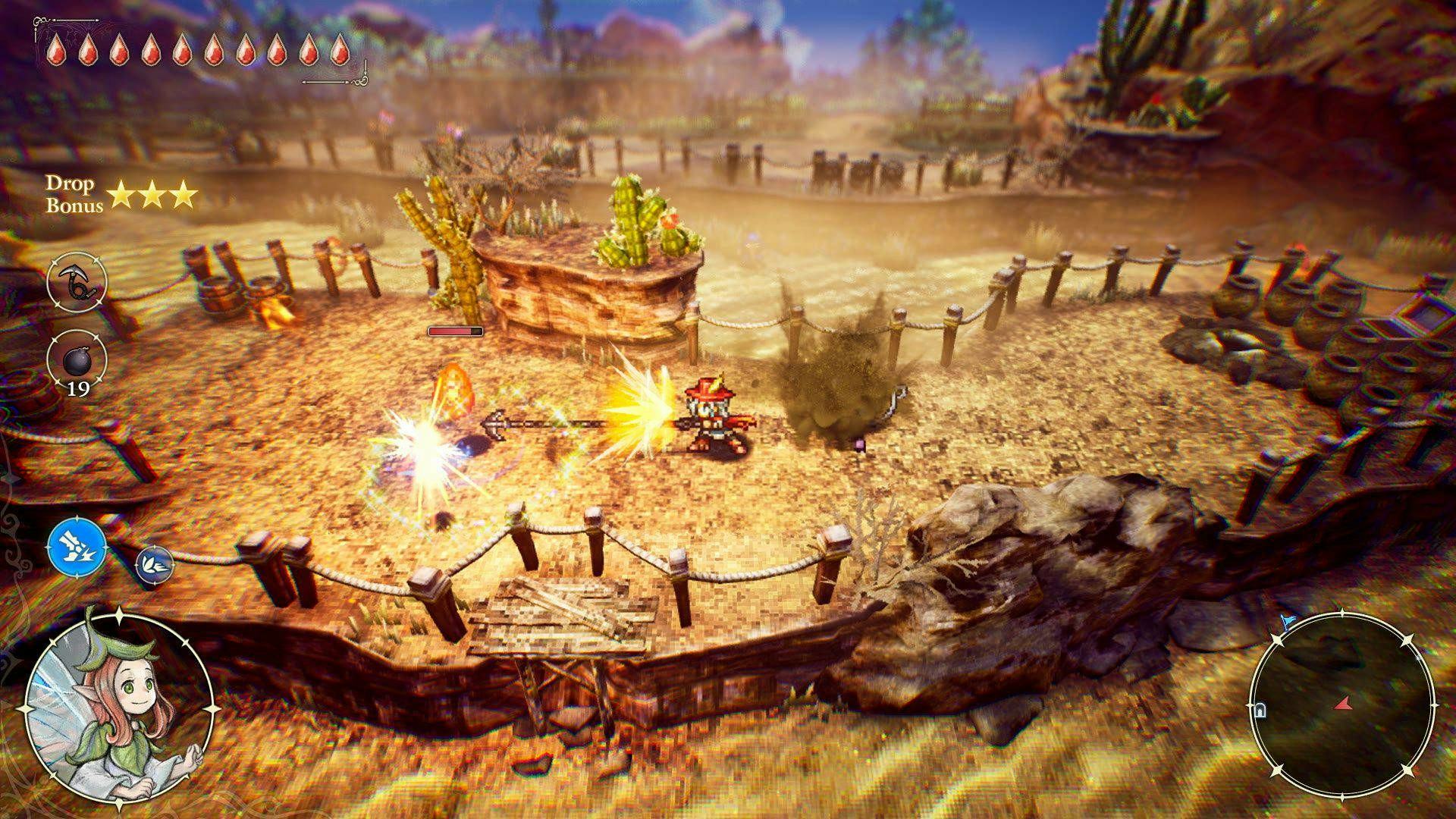
Most of Team Asano’s games, like Bravely or Octopath, have focused on a group of protagonists. How have you changed your approach to a single hero with Elliot? Has having a single protagonist opened up new possibilities for storytelling to the studio? Where did the idea for Faie as a companion come from?
Matsushita: As we were fleshing out this game’s world and lore, we decided early on to turn this into a so-called ‘buddy story,’ where a singular protagonist is accompanied by his partner-in-crime. Because this is an action game, we wanted players to feel invested in the character they’ll be controlling directly, but we also didn't want him to be completely alone throughout the course of his adventure. That was when we decided to include a fairy to accompany him. Writing the script was a challenge this time around, as it is every time. However, because this game is also time travel-themed, coming up with a story that takes history into account proved to be especially challenging.
Although this facet of the game remains largely unexplored within the demo, we put in considerable effort into that theme, so please look forward to it.
Is Faie related to Bravely Default at all? And how important is Faie to the overall gameplay experience?
Asano: Fairies appear in both works, but generally, there aren’t any connections between The Adventures of Elliot and Bravely Default. However, it’s common for us to expand on past ideas and worlds during development of new titles. Sometimes this brainstorming leads to some interesting places, but we tend to keep the wilder ideas just to our imaginations.
Matsushita: Even within the demo, players should see that Faie reacts to many of Elliot’s actions. I hope she becomes someone who keeps the players from feeling alone, someone whom they could grow fond of. Furthermore, because Faie's magic can be utilized in various situations, you could say her abilities enable the player’s ingenuity to shine throughout the entire game. Because this game could be played by two players, she’s someone who helps expand the experience in that regard, too. The entire development team considers her presence to be important.
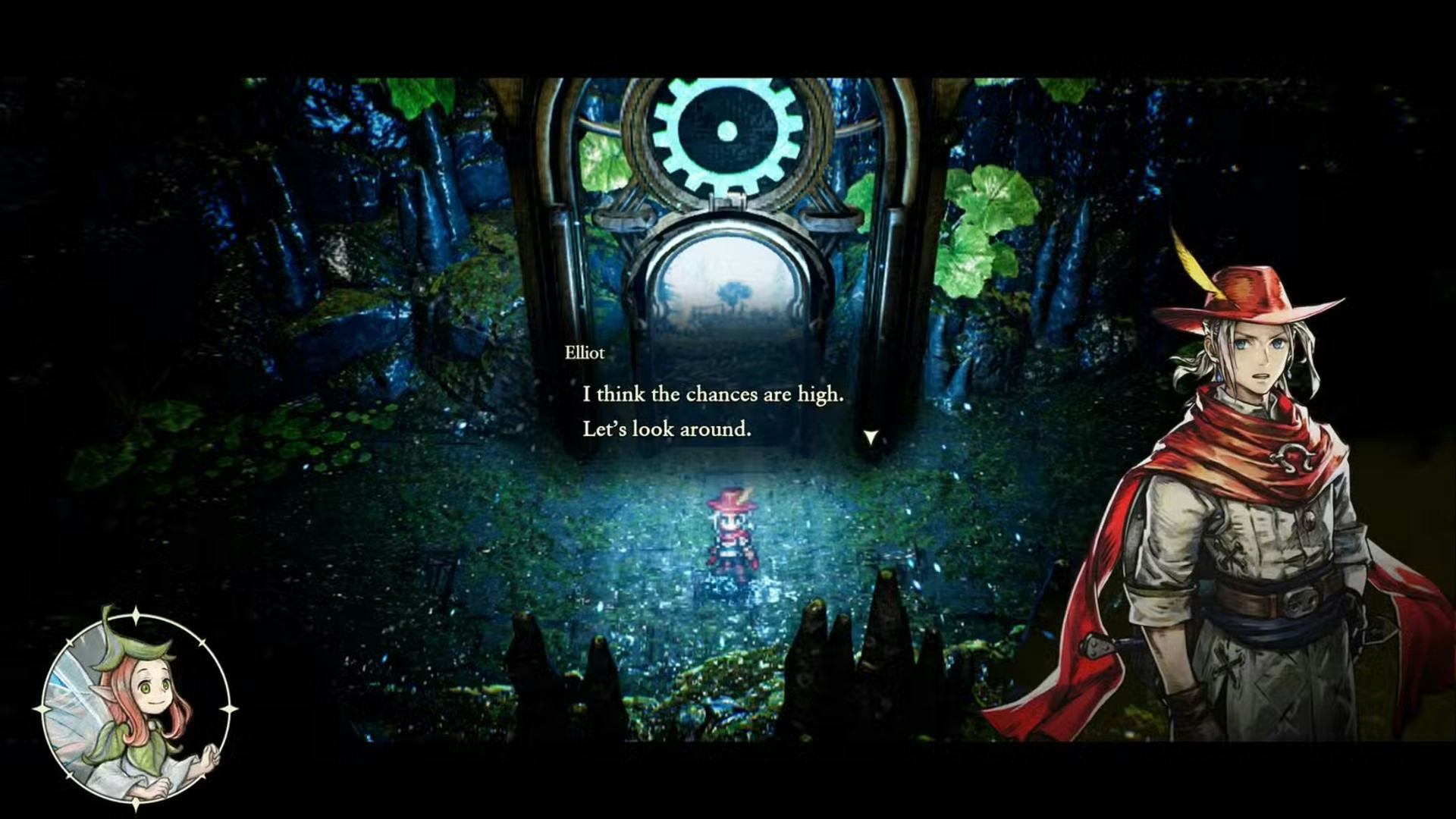
How are you trying to balance the game’s difficulty for players of all experience levels? How important have these early demos become to Team Asano’s development process?
Matsushita: In the demo, we’ve split the difficulty into Normal and Hard modes. We're actually in the midst of fine-tuning the game towards its full release, and through the demo feedback, we’ve seen there’s an appetite for things like a more accessible Easy mode.
We're currently actively assessing various improvements, including this. We've just begun our final adjustments, but the demo feedback has provided answers to some questions we’ve had, and we’ve been referring to it as a valuable resource regarding numerous matters. We’d like to express our heartfelt gratitude to everyone who has played the demo and lent us a hand.
Octopath and Triangle Strategy’s settings seem very inspired by Medieval Europe. Did you have any specific inspirations for the setting of The Adventures of Elliot? And how is the setting and style going to stand out from other HD-2D games?
Matsushita: When it comes to setting, I think our decision to make this game time-travel-themed sets it apart from others. While I can't share too many details about the setting just yet, I hope you look forward to experiencing how this adventure transcends time.
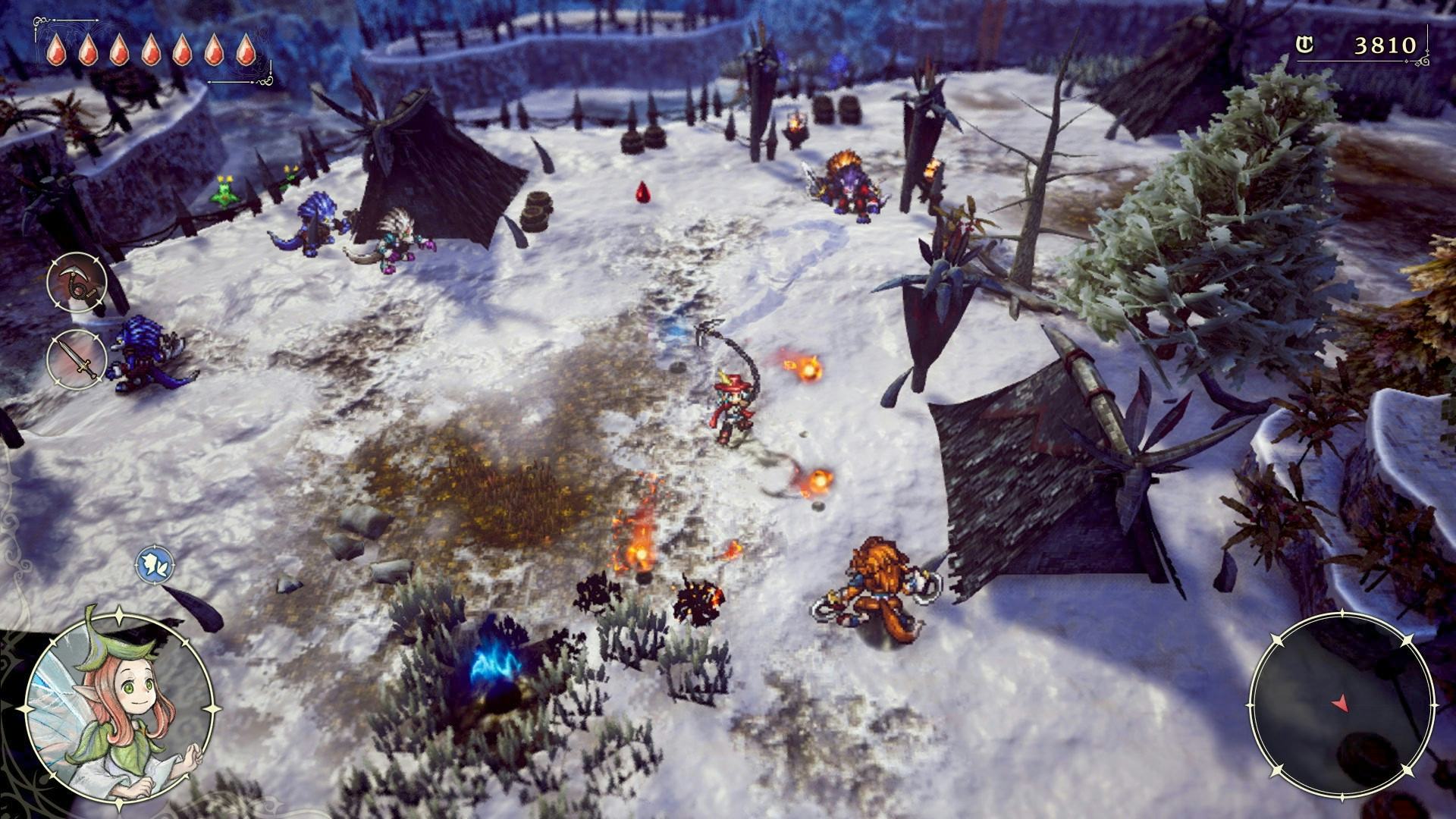
With Elliot expanding HD-2D to action-RPGs, has working on this game given you any more ideas for HD-2D style games? Are there any other genres or types of games you’d personally like to do?
Matsushita: I think that amongst HD-2D games, although there is a shared aesthetic and graphical style, their core characteristics still differ due to their varying directions. Because The Adventures of Elliot is an action game, our primary focus was, naturally, on the movement. Other elements, like the protagonist's pixel art design, enemy movements, the visuals for bosses, and so on, were also major areas the team put time and energy into. We've worked on making aspects of the game that directly correlate to its gameplay feel particularly distinctive.
In terms of new ideas, as an example, we wanted to address how a fixed, top-down camera view tends to mostly show the ground, so we adopted a technique within the world map called “rolling cylinder” to curve the field depth so more of the background becomes visible. And we didn’t simply add curvature, but rather made bespoke adjustments unique to this game.
We also took on the challenge of incorporating character portraits during cutscenes, the first ever for HD-2D games. Our internal artist, Yukihiro Kajimoto, created these portraits, and their expressions change during cutscenes along with the animations of the pixel art characters on screen. This combination, we feel, will create a more dramatic and engaging storytelling experience for our players. This and the aforementioned “rolling cylinder” are just two of the defining characteristics of this title.
Regarding future projects, since this title isn’t fully past its finish line just yet, I'm currently pouring my entire soul into creating an enjoyable experience and haven’t even thought about what other genres I’d want to try at all.
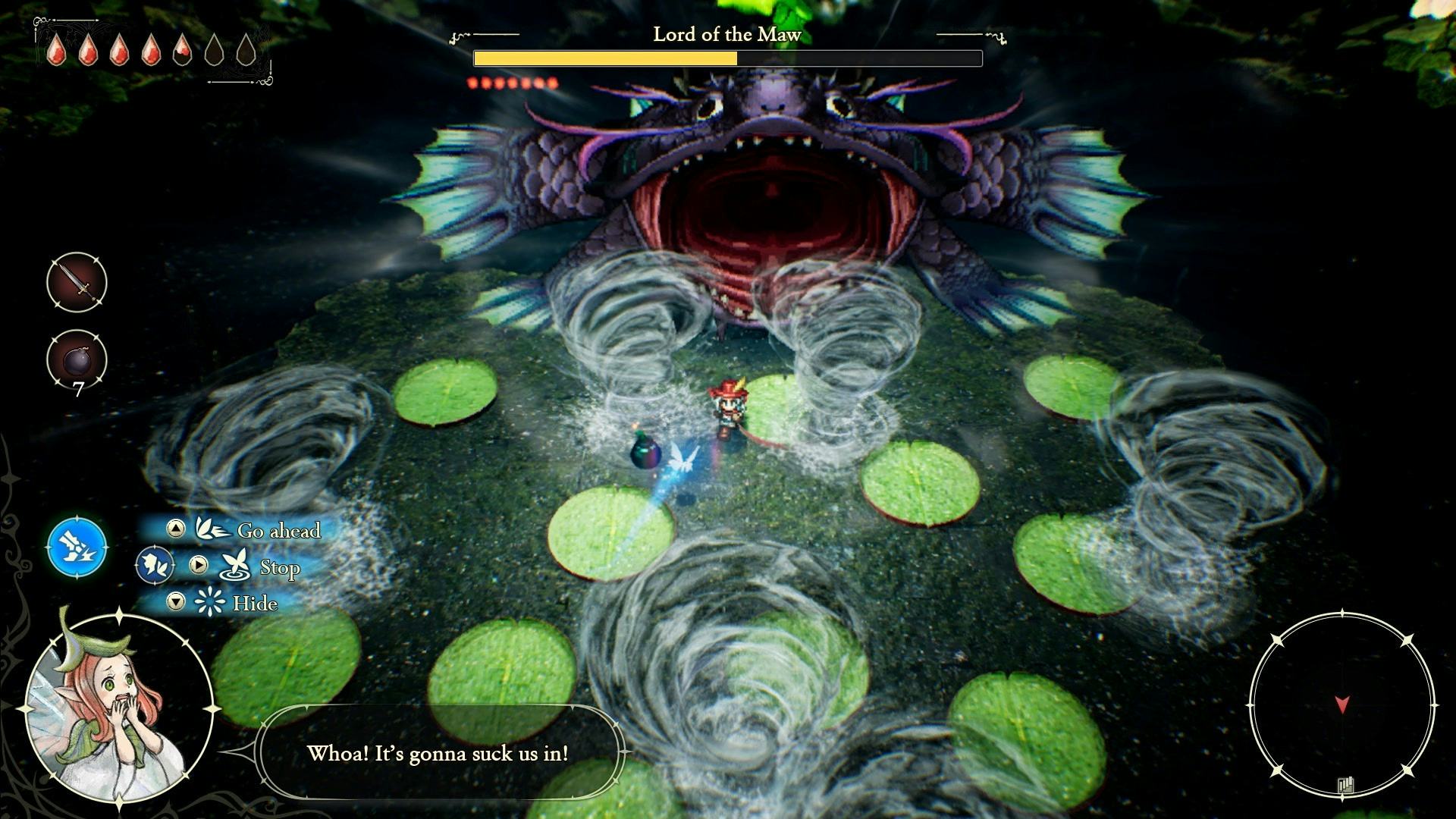
How much exploration can we expect in The Adventures of Elliot? Will there be optional dungeons or story paths?
Matsushita: In The Adventures of Elliot, players will visit various locations and see how they change as they transcend time, so exploration is definitely a key part of the game. Even as development continues, we’re aiming to create environments that will allow players to enjoy some detours.







